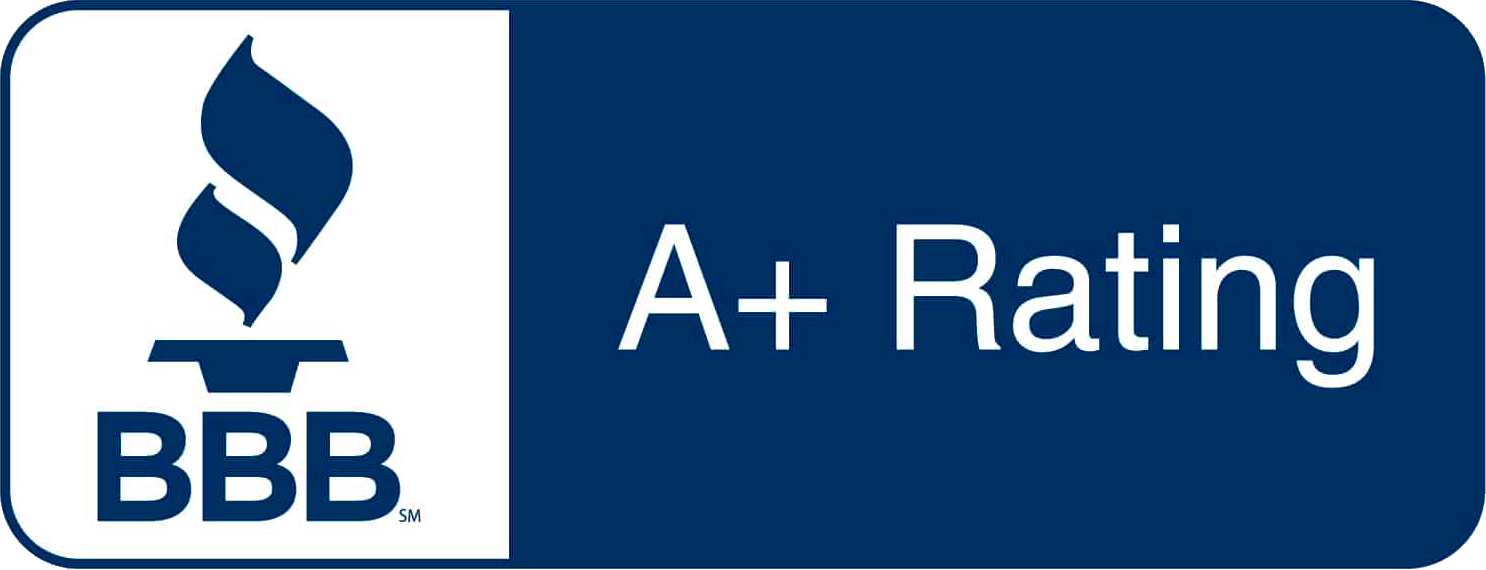Mailing Permits WITH CRST
To successfully execute a direct mail campaign, you must obtain mailing permits, which grant businesses the necessary authorization to use specific postage payment methods for commercial mailings.
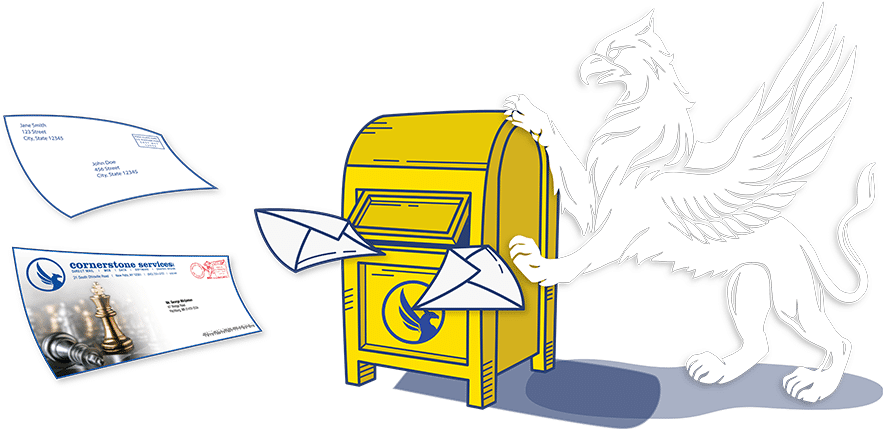
When partnering with Cornerstone Services Inc., your mail piece must include one of our mailing permits to ensure eligibility for discounted postage rates. Furthermore, several types of mailing permits exist, including non-profit, bulk standard, and first-class mail.
Generally speaking, mailers place the permit in the top-right corner, maintaining a 0.25-inch margin from both the top and right edges. However, you may also position it within the address block as long as there is adequate spacing and the permit remains fully visible.
Additionally, while adjusting the permit’s color is permitted, under no circumstances should the text be modified.
First-Class Mailing Permits
To qualify for First-Class Mail permits, you MUST HAVE a minimum of 500 automation records (explained below). Since First-Class Mail enjoys higher priority over Bulk Standard or Non-Profit Bulk Mail, it delivers significantly faster.
Note: You may resize the permit, but the text must remain readable with a minimum font size of 8 points.
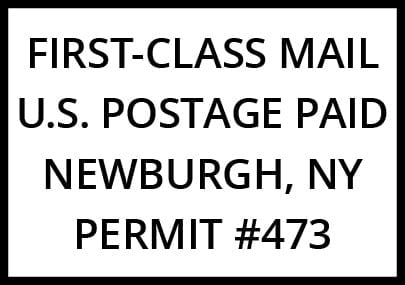

First-Class Mail #473 (Black)
First-Class Mail #473 (Blue)
First-Class Mail 12550 (Black)
First-Class Mail 12550 (Blue)
Bulk Standard Mailing Permits
Bulk Standard Mail consists of regular direct mail pieces that meet the criteria for standard automation rates. To become eligible, you must have at least 200 automation machinable records.
Note: You may resize the permit, but the text must remain legible with a minimum font size of 8 points.
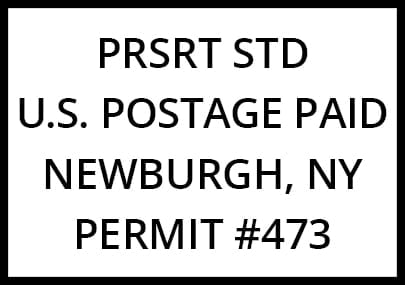

Presort STD #473 (Black)
Presort STD #473 (Blue)
Presort STD 12550 (Black)
Presort STD 12550 (Blue)
First-Class Mailing Permits
When businesses aim to reduce postage costs, they often rely on precanceled stamps, which allow them to apply postage at a lower rate while paying the remaining balance at a Post Office location. These specialized stamps, available in small denominations, apply to Presorted First-Class Mail, automation mailings, and all USPS Marketing Mail® mailings.
To illustrate, mailers affix these stamps to envelopes at a lower postage rate—such as 15 cents per piece—and then pay the remaining balance upon dropping off the mail. Moreover, the Business Mail Entry Unit (BMEU) clerk assists in accurately completing the postage statement while calculating the remaining amount due. To simplify the process, you may pay this difference through a check, a meter strip, or a postage account balance.
Presorted First-Class Mail
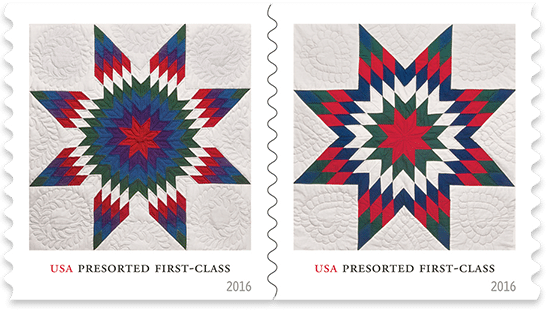
Non-profit USPS Marketing Mail

USPS Marketing Mail (Standard “Bulk” Mail)

Non-Profit Mailing Permits
Non-Profit Mail applies to printed materials that qualify for USPS Marketing Mail® rates. These reduced non-profit postage rates are available exclusively to organizations authorized by USPS.
However, non-profit mail cannot include any content that must be sent via First-Class Mail.
Note: You may resize the permit, but the text must remain legible, with a minimum font size of 8 points.

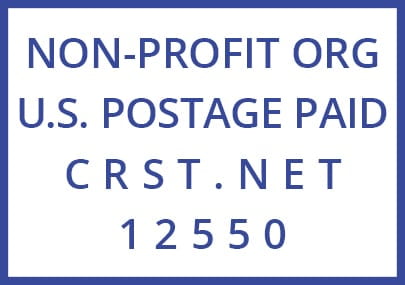
Non-Profit Org #473 (Black)
Non-Profit Org #473 (Blue)
Non-Profit Org 12550 (Black)
Non-Profit Org 12550 (Blue)
Faux Meter Mark Mailing Permits
A faux meter mark provides an alternative to standard mailing permits. This mark mimics the appearance of a postage meter machine impression, indicating that postage has been prepaid. Many businesses and organizations prefer meter marks since they increase efficiency over standard postage stamps.
Faux meter marks must be 2.25 inches wide while maintaining a proportional height.
First-Class Mailing Permit
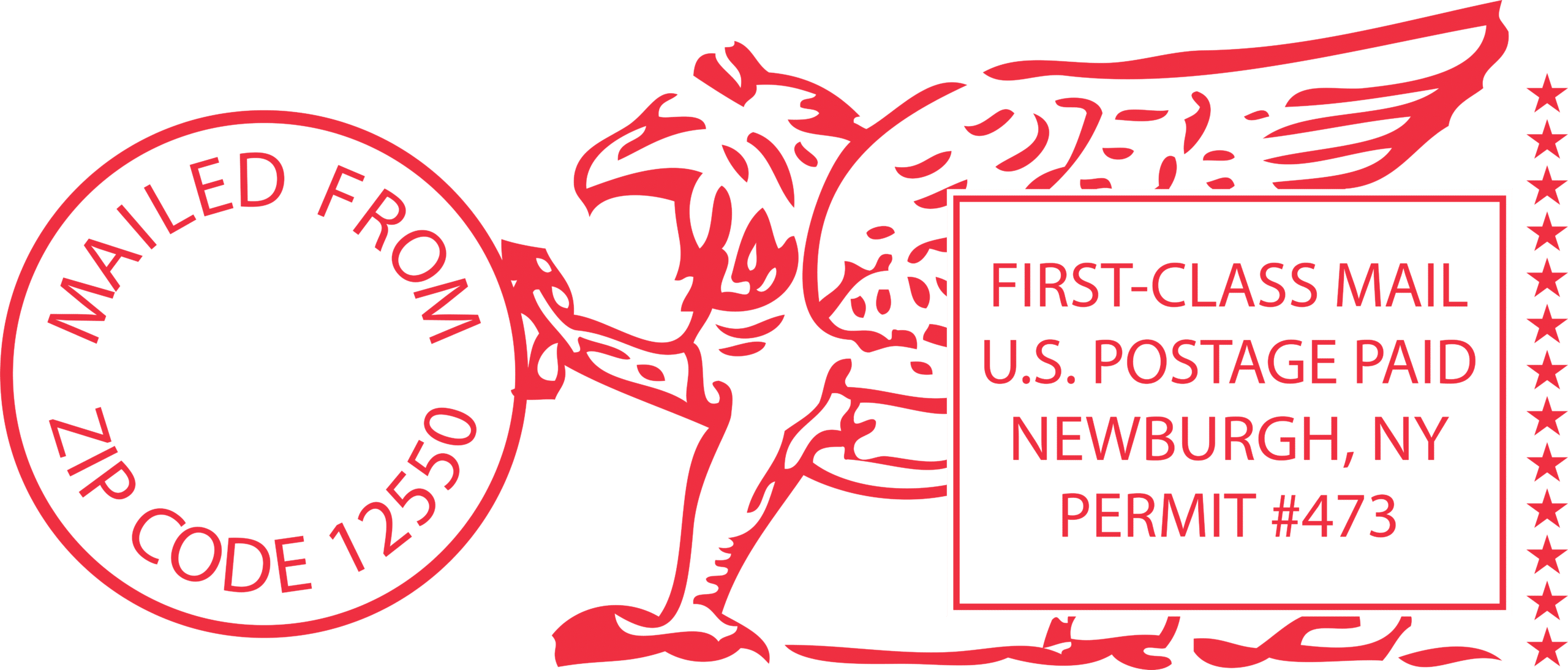
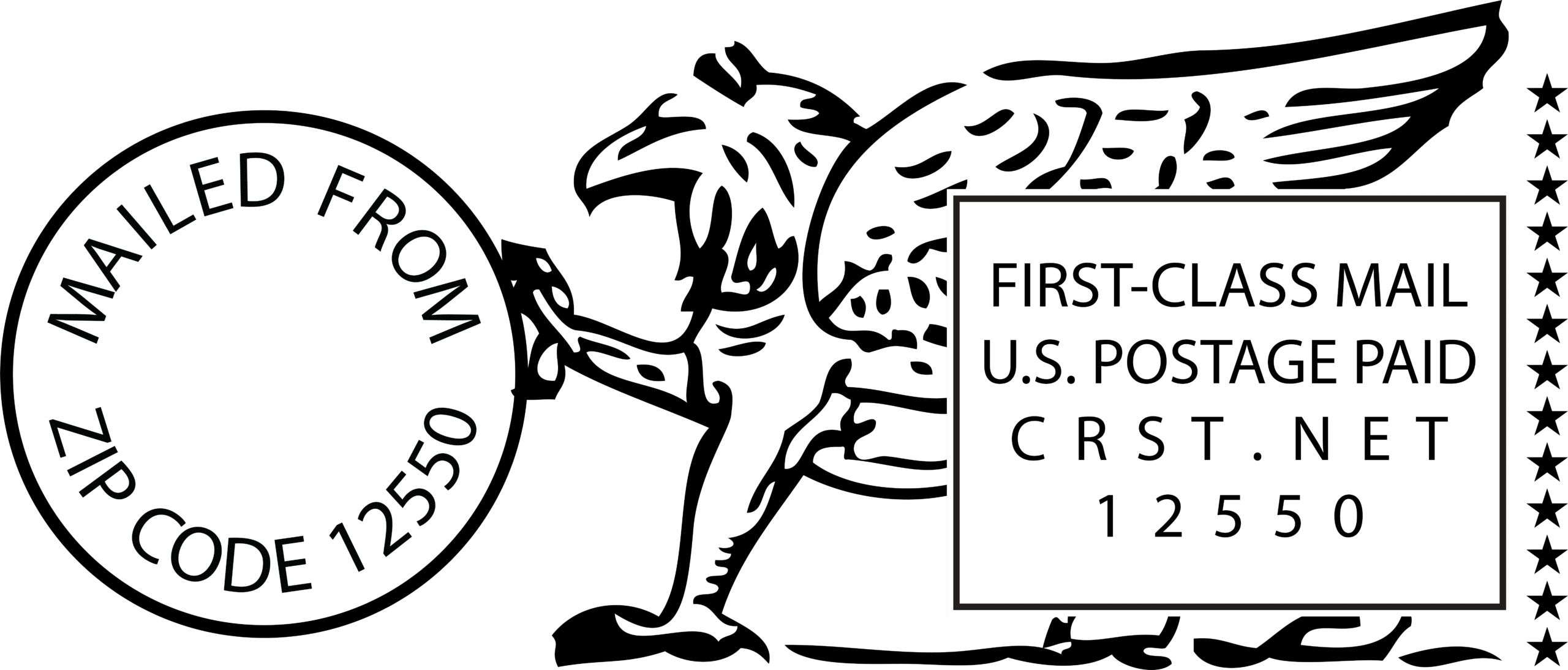
First-Class Mail #473 (Red)
First-Class Mail #473 (Black)
First-Class Mail 12550 (Red)
First-Class Mail 12550 (Black)
Standard Bulk Rate Mailing Permit

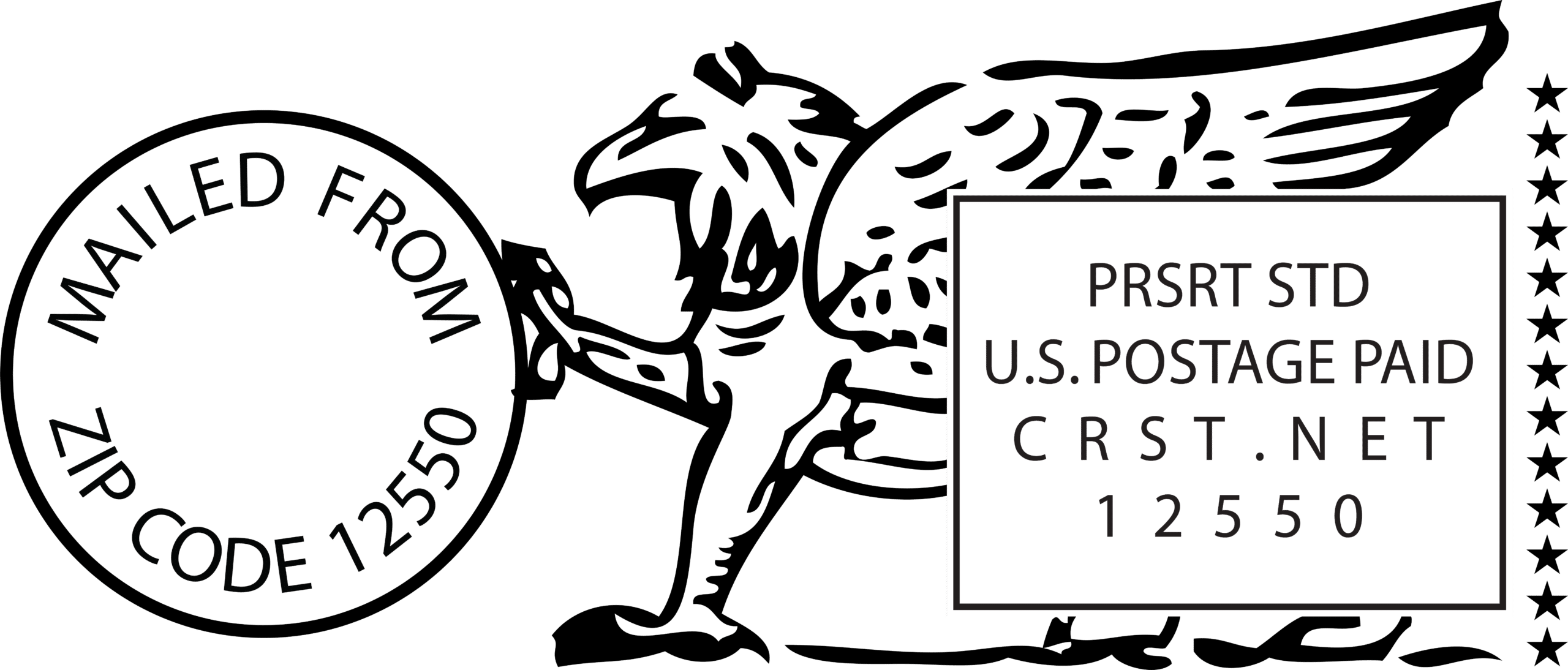
Presort STD #473 (Red)
Presort STD #473 (Black)
Presort STD 12250 (Red)
Presort STD 12550 (Black)
Non-Profit Rate Mailing Permit

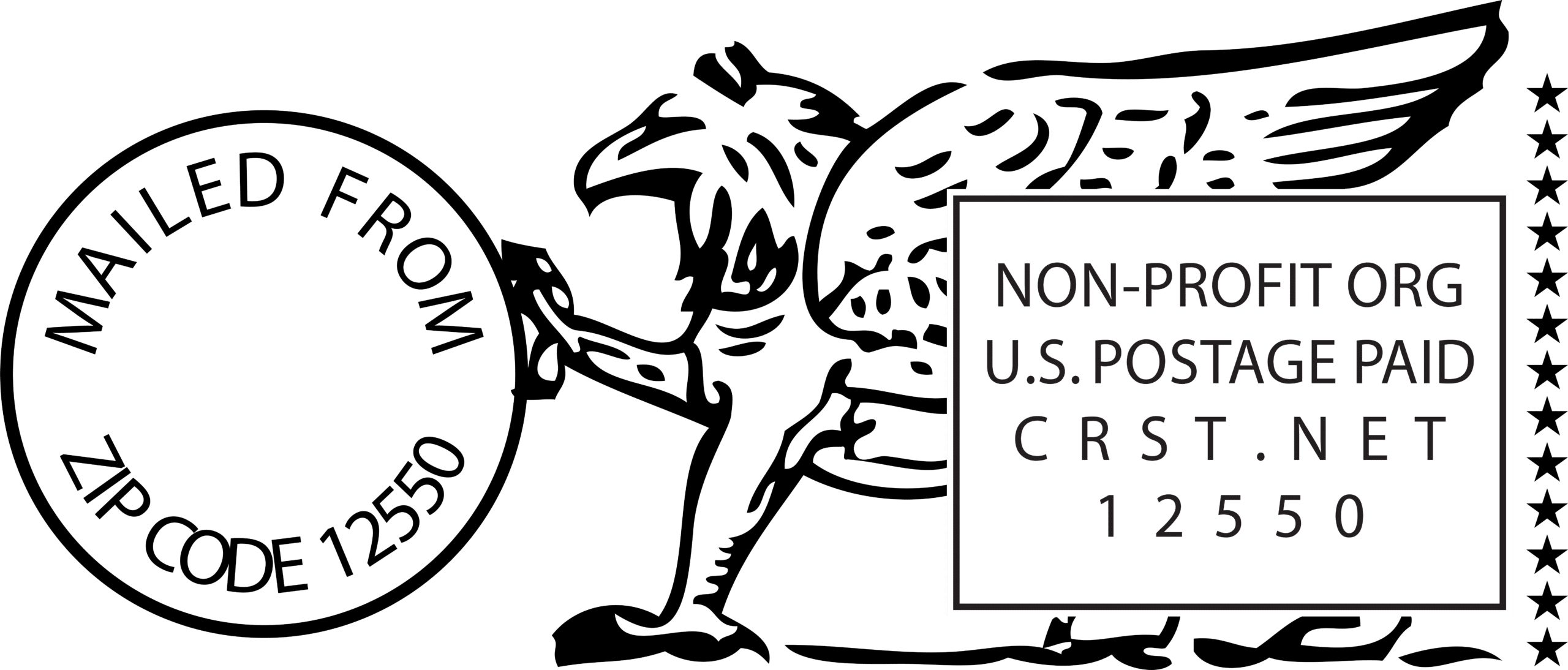
Non-Profit Org #473 (Red)
Non-Profit Org #473 (Black)
Non-Profit Org 12250 (Red)
Non-Profit Org 12550 (Black)
Every Door Direct Mail (EDDM) Permits
Every Door Direct Mail (EDDM)provides an affordable direct mail option for businesses looking to target every household and business within a specific neighborhood. Unlike traditional mailing, EDDM does not require exact addresses or names.
Through the USPS® EDDM program, businesses control drop dates and mailing areas by selecting specific carrier routes. This method maximizes local outreach, making it an effective marketing tool.
All EDDM mail pieces must display “ECRWSS” within the address block. This designation must appear within or directly below the permit indicia.

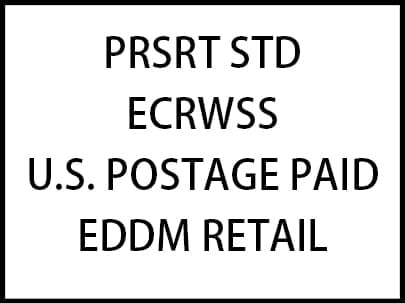
EDDM Permit
Acceptable EDDM Retail Label Options
For Post Office entry, you must use one of the following address formats:
- “Local Postal Customer” for active deliveries (residential and business).

What Are Automation Rate Mail Pieces?
For mail pieces to qualify for automation rates, they must be CASS-certified within 180 days of submission to the Post Office. This process involves verifying addresses through mailing software, such as Quadient Bulk Mailer, ensuring that the information remains accurate and up-to-date. As a result, the software updates the mailing list using USPS ZIP+4 verification and automation barcode standards.
If the software fails to verify an address, Cornerstone Services Inc. manually corrects any errors. Ultimately, your number of verified addresses determines your postage discounts and your eligibility for a specific mailing permit.
To receive automation postage discounts, mail pieces must meet the following permit requirements:
- First Class Mail – Requires 500 or more automation records. Any mail under 500 records falls under Single-Piece postage.
- Bulk Standard or Non-Profit Mail – Requires a minimum of 200 automation records.
Machineable vs. Non-Machineable Mail Pieces
Several factors determine whether a mail piece qualifies as machinable:
- Aspect Ratio – The length divided by the height must fall between 1.3 and 2.5.
- Uniform Thickness – The thickness variation cannot exceed 0.25 inches, excluding the outer 1-inch border.
- Flexibility – The mail piece must bend at least 1 inch and contain no rigid inserts.
Non-Machineable Mail Examples
Mail pieces failing any of the above conditions will be classified as non-machineable:
- Square envelopes (fail aspect ratio).
- Cards or envelopes with clasps, buttons, or closures (fail uniform thickness).
- Mail containing pens, pencils, keys, or coins (fail uniform thickness and flexibility).
- Rigid materials (fail flexibility).
If a mail piece fails machinable criteria, it qualifies for non-automated, non-machinable rates.
Are Non-Machineable and Non-Automation Mail Pieces the Same?
No, a mail piece may be machinable but still lack a readable barcode. In such cases, the mail piece qualifies for non-automated, machinable rates. However, USPS does not recognize automated, non-machinable mail, since mail must be machinable to undergo USPS automation processing.
What Is the Difference Between Permit 12550 and #473?
Permit 12550 refers to the ZIP Code where CRST’s postal permit is officially registered. On the other hand, the CRST.NET permit functions as a corporate permit, requiring an association with ZIP Code 12550. This ensures the CRST.NET name is linked to a verified postal entry point in the United States.
Permit #473, however, remains valid only when linked to Newburgh, NY. This permit specifically identifies the mailing entry location within the United States Postal Service system.
Need help with direct mail marketing?
Whether it’s to grow your business, raise funds, bring in new clients or spread awareness, we can help!
We are your direct mail experts.
